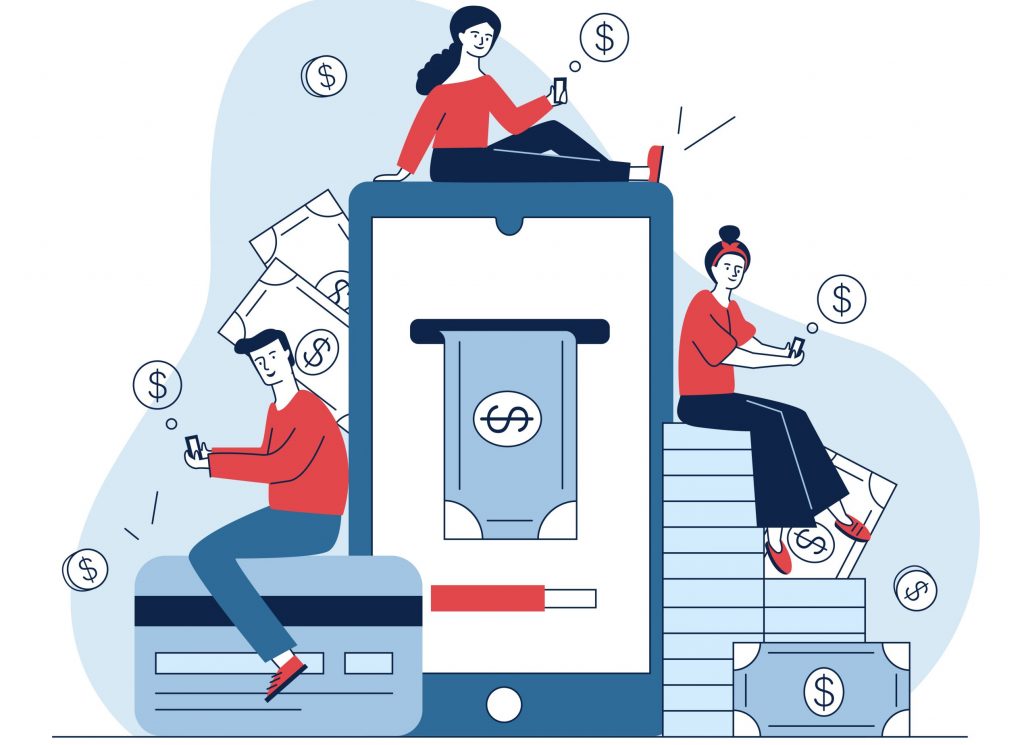Request–to-Pay (R2P), (sometimes called Request-for-Pay (RfP)) is a product wrapped around real time and fast payments that adds value to both the sender and receiver. It has been the focus of recent product development around faster payment platforms. In short, R2P is the ability for a user, usually a business, to send a message to another user, typically a consumer, requesting a payment through a digital channel. The most frequent use case is for bill payment. As an example, my credit card issuer could send me a message requesting payment. I select how much I want to pay and which account to use for funding all through a mobile app. My bill payment is compete and funds are transferred.
An opinion piece in PaymentsSource notes the benefits beyond payment speed to billers:
Corporates have two key challenges in that they only receive funds when a customer wants to pay them, and they only receive the information the customer chooses to provide. This makes reconciliation difficult and can even negatively impact workflow and working capital.
However, the R2P options for bill presentment and payments solve these problems, significantly reducing operational cost, liability for chargebacks and fraud risk, as well as improving reconciliation and liquidity. A secure R2P service also has the potential to simplify managing receivables and reduce processing costs.
It is interesting to note that Visa recently announced its pilot of a R2P solution in the UK. More on that from an article in IBS intelligence:
Visa has completed the first request-to-pay message sent and received using PayUK’s standards, in a pilot ahead of the full commercial service launch later this year.
The request-to-pay service aims to settle transactions between businesses, organisations and individuals, designed to complement existing payments infrastructure, Visa said in a statement.
The biller will be able to directly request funds rather than sending an invoice, while the receiver is asked whether they would like to pay in full or in part, request an extension, communicate directly with the biller, or decline to pay.
Throughout the pilot project, which included more than 400 companies, Visa tested over 100 biller and consumer use cases, as well as 40 exceptions, to leverage multiple payment initiation channels and deliver a comprehensive end-to-end test.
Overview provided by Sarah Grotta, Director, Debit and Alternative Products Advisory Service at Mercator Advisory Group.
